The Russian Federation

The Russian Federation: Orthodox Religion, Russian language, State System
- Introduction to Russia
- State System of Russia
- History and culture of Russia
- Leo Tolstoy
- Climate and geography
- Russian Orthodox Church
- Russian language
- Other: arts, architecture, mafia, and education
- Russian Autonomous Republics

The Subject “the Russian Federation” belongs to the following Online Programs taught by EENI Global Business School:
Course: Orthodoxy and Business.
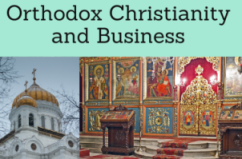
Masters: International Business, Foreign Trade.
Doctorate: European Business, World Trade.
Russian Economy, Ports of Russia, Vladimir Potanin, Helena Baturina, Alexander Lebedev, Leo Tolstoy...
Credits of the Subject “The Russian Federation”: 1

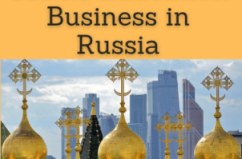
 Masters adapted to Russian Students.
Masters adapted to Russian Students.
the Russian Federation
The Russian Federation (Europe).
- Russian Population: 146 million people
- Area of Russia: 17,125,246 km²
- Capital of Russia: Moscow (12 million Muscovites)
- Type of Government: Federal Semi-Presidential constitutional Republic
- The Russian Federation was created on December 25, 1991, after the collapse of the U.S.SR
- Name in Russian: Российская Федерация
- Currency of Russia: Russian Ruble
- Russia has eleven time zones
- The Russian Federation has the highest educational level in the World (40% of the Russian population have a college or university degree)
- One hundred nationalities live in Russia and thirty-two ethnic divisions
- Religion plays a significant position on public and spiritual life of Russia
- The majority of Russians consider themselves as Christians and belongs to the Russian Orthodox Church
- Russian is the official language of Russia, Belarus, Kazakhstan, Tajikistan, and the Kyrgyz Republic
- Russian language is important second language in Armenia, Azerbaijan, Estonia, Ukraine, Georgia, Moldova, Mongolia, Turkmenistan, or Uzbekistan
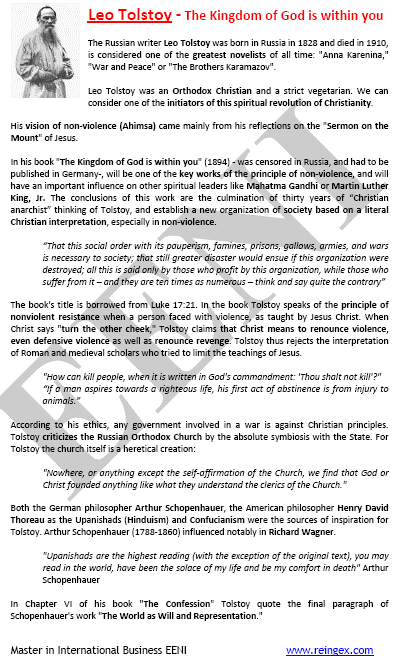
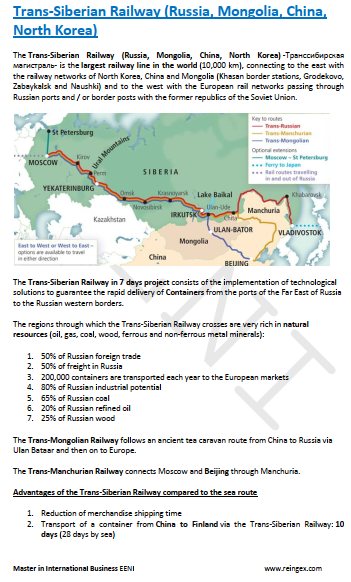
- Russian language is one of the six official languages of the UN, Commonwealth of Independent States, and Shanghai Cooperation Organization
- Russian Trade Agreements: APEC, ASEAN, the EU, Andean Community, BRICS Countries, Black Sea Economic Cooperation
- Alcohol is a potential trouble in the Russian Federation; the vodka is part of the lifestyle of the population
- The chaotic privatization process creates the difficulty of establishing clear market rules
- The proliferation of pressure groups known as mafias is also problematic
- Moscow is the capital and the largest city of Russia. Moscow is the political, economic, Foreign Trade, religious, financial, educational, and transport centre of Russia
- Russia shares borders with Norway, Finland, Estonia, Latvia, Lithuania, Poland, Belarus, Ukraine, Georgia, Azerbaijan, Kazakhstan, Mongolia, and North Korea
- Russia shares maritime borders with Japan and the U.S.
- Abolition of Slavery in Russia: 1861
- Russia has 1,000 largest cities (with 13 with more that one million people)
- The largest Russian cities are Moscow, St. Petersburg, Nizhny Novgorod, Novosibirsk, and Yekaterinburg
- Trans-Siberian Railway
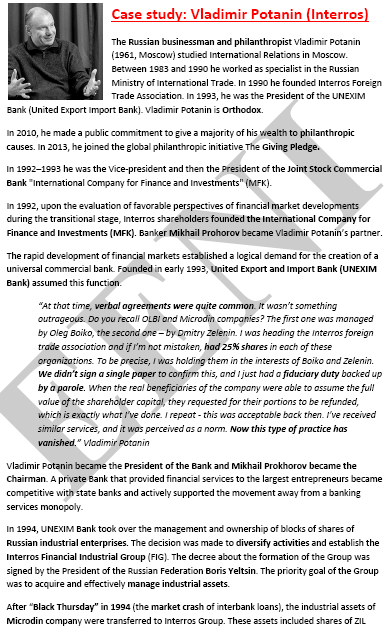
Russia belongs to the Orthodox Economic Area.
Russian Autonomous Republics:
- Abkhazia
- Altay Republic
- Adygea Autonomous Republic
- ADJARIAN AUTONOMOU.S. REPUBLIC
- Republic of Buryatia
- Republic OR CHUVASHIA
- CRIMEA REPUBLIC
- DAGESTAN REPUBLIC





 or
or 
